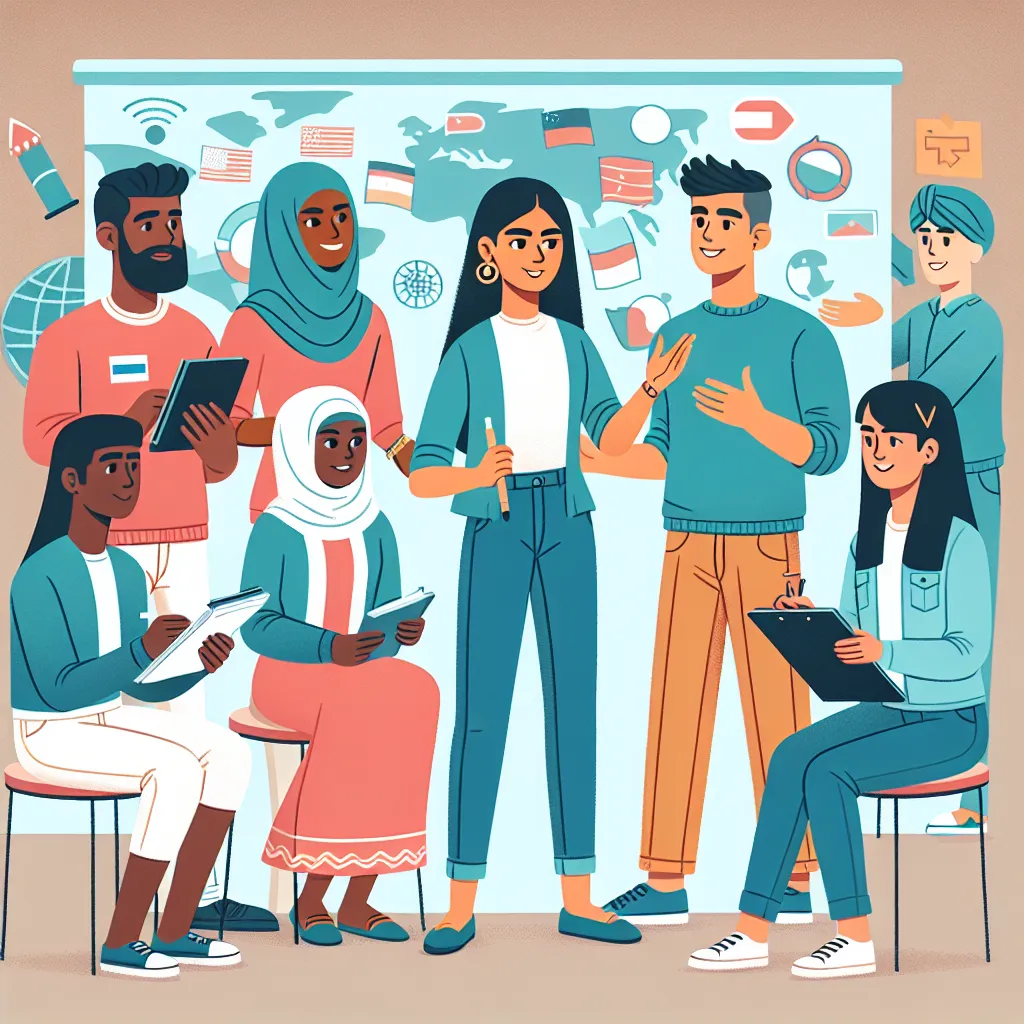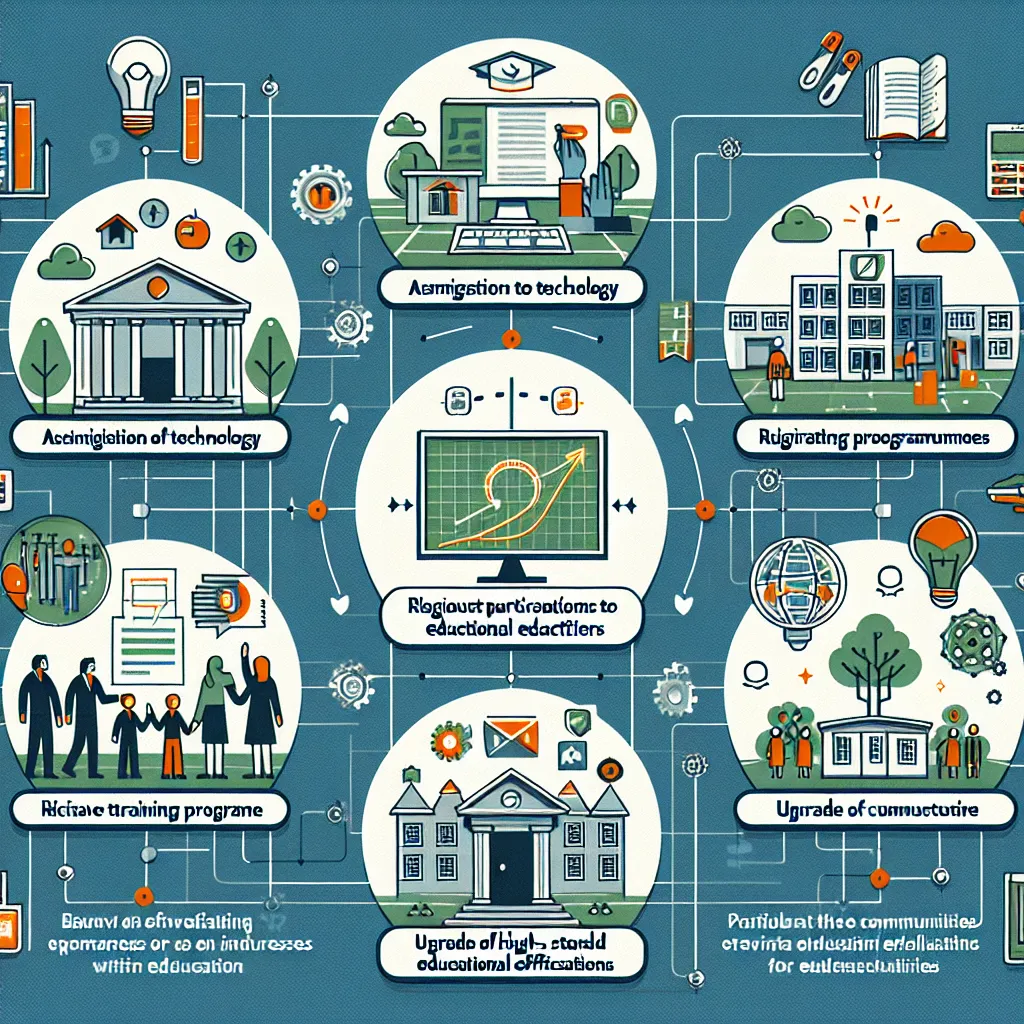Welcome to our IELTS Reading practice session focused on the theme of “How to enhance creativity in problem-solving.” This topic has been increasingly prevalent in recent IELTS exams, reflecting its growing importance in our rapidly evolving world. Based on our analysis of past IELTS tests and current trends, we predict a high likelihood of encountering similar themes in future exams. Let’s dive into a practice test that will not only prepare you for the IELTS Reading section but also provide valuable insights into fostering creativity in problem-solving.
 Creative Problem Solving
Creative Problem Solving
IELTS Reading Practice Test
Reading Passage
Unlocking Creativity: The Key to Innovative Problem-Solving
In today’s rapidly changing world, the ability to think creatively and solve problems innovatively is more crucial than ever. Whether in business, science, or everyday life, those who can approach challenges with fresh perspectives and novel solutions are increasingly valued. But what exactly is creativity in problem-solving, and how can it be enhanced?
Creativity in problem-solving is not just about having wild, out-of-the-box ideas. It’s a structured approach that combines divergent thinking (generating multiple ideas) with convergent thinking (narrowing down to the best solutions). This process involves several key elements: flexibility of thought, originality, elaboration, and fluency of ideas.
One effective method for enhancing creative problem-solving is the practice of ‘lateral thinking,’ a term coined by Edward de Bono. Lateral thinking encourages individuals to approach problems from unexpected angles, challenging assumptions and conventional wisdom. For instance, instead of asking “How can we increase sales?”, a lateral thinker might ask, “What if we gave our product away for free?” This shift in perspective can lead to innovative business models like freemium services.
Another powerful technique is ‘analogical thinking.’ This involves drawing parallels between seemingly unrelated concepts or situations. Biomimicry, where solutions are inspired by nature, is a prime example. The development of Velcro, inspired by how burrs stick to dog fur, illustrates how analogical thinking can lead to groundbreaking innovations.
Embracing failure is also crucial in fostering creativity. Many groundbreaking ideas emerge from what initially seemed like mistakes or dead ends. The discovery of penicillin, resulting from a contaminated petri dish, is a classic example of how perceived failures can lead to monumental breakthroughs.
Collaborative problem-solving can significantly boost creativity. Diverse teams bring together varied perspectives, experiences, and knowledge bases, leading to more comprehensive and innovative solutions. Techniques like brainstorming, when properly structured, can harness the collective creativity of a group.
Environmental factors play a significant role in nurturing creative problem-solving. Workspaces that encourage movement, provide areas for both collaboration and quiet reflection, and offer exposure to nature have been shown to enhance creative thinking. Companies like Google and Pixar have famously designed their offices to foster creativity and innovation.
Developing a growth mindset, as proposed by psychologist Carol Dweck, is fundamental to enhancing creativity. Individuals with a growth mindset believe that their abilities can be developed through dedication and hard work. This outlook fosters resilience and openness to new ideas, both crucial for creative problem-solving.
Regular practice of creative exercises can sharpen problem-solving skills. Activities like mind mapping, SCAMPER (Substitute, Combine, Adapt, Modify, Put to another use, Eliminate, Reverse), and forced connections help train the brain to think more flexibly and generate novel ideas.
Finally, it’s important to recognize that enhancing creativity in problem-solving is not just about techniques and environments; it’s also about cultivating the right mindset. Curiosity, openness to experience, and a willingness to challenge the status quo are traits that underpin creative thinking. Encouraging questioning, exploration, and experimentation from an early age can lay the foundation for lifelong creative problem-solving skills.
In conclusion, enhancing creativity in problem-solving is a multifaceted endeavor that involves cognitive techniques, environmental factors, and personal attitudes. By embracing these various aspects, individuals and organizations can unlock their creative potential and develop innovative solutions to the complex challenges of our time.
Questions
True/False/Not Given
Answer True, False, or Not Given to the following statements based on the information in the passage:
- Creativity in problem-solving is solely about generating unconventional ideas.
- Lateral thinking encourages approaching problems from unexpected angles.
- Analogical thinking always leads to successful innovations.
- The discovery of penicillin was a planned scientific experiment.
- Diverse teams are less effective in problem-solving than homogeneous ones.
Multiple Choice
Choose the correct letter, A, B, C, or D.
-
According to the passage, creativity in problem-solving involves:
A) Only divergent thinking
B) Only convergent thinking
C) Both divergent and convergent thinking
D) Neither divergent nor convergent thinking -
The term ‘lateral thinking’ was coined by:
A) Carol Dweck
B) Edward de Bono
C) Alexander Fleming
D) The founder of Google -
Which of the following is NOT mentioned as a way to enhance creative problem-solving?
A) Embracing failure
B) Collaborative problem-solving
C) Strict adherence to traditional methods
D) Developing a growth mindset
Matching Information
Match the following concepts with their correct descriptions. Write the correct letter, A-E, next to questions 9-13.
A) Biomimicry
B) Growth mindset
C) SCAMPER
D) Freemium
E) Mind mapping
- A visual thinking tool that helps organize information
- A belief that abilities can be developed through dedication and hard work
- A technique for generating ideas by modifying existing ones
- Solutions inspired by nature
- A business model where basic services are free, but advanced features are paid
Answer Key
- False
- True
- Not Given
- False
- False
- C
- B
- C
- E
- B
- C
- A
- D
Explanations
-
False: The passage states that creativity in problem-solving is “not just about having wild, out-of-the-box ideas” but a structured approach combining divergent and convergent thinking.
-
True: The passage explicitly states that lateral thinking “encourages individuals to approach problems from unexpected angles.”
-
Not Given: While analogical thinking is described as powerful, the passage doesn’t claim it always leads to successful innovations.
-
False: The passage mentions that penicillin was discovered from a “contaminated petri dish,” implying it was accidental rather than planned.
-
False: The passage states that “Diverse teams bring together varied perspectives, experiences, and knowledge bases, leading to more comprehensive and innovative solutions.”
-
C: The passage defines creativity in problem-solving as a process that “combines divergent thinking (generating multiple ideas) with convergent thinking (narrowing down to the best solutions).”
-
B: The passage clearly states, “lateral thinking,’ a term coined by Edward de Bono.”
-
C: The passage mentions embracing failure, collaborative problem-solving, and developing a growth mindset as ways to enhance creative problem-solving. Strict adherence to traditional methods is not mentioned and would contradict the emphasis on innovative thinking.
-
E: Mind mapping is described as a “visual thinking tool that helps organize information.”
-
B: The growth mindset is defined as the belief that “abilities can be developed through dedication and hard work.”
-
C: SCAMPER is described as a technique for generating ideas by modifying existing ones.
-
A: Biomimicry is explicitly defined as “solutions inspired by nature.”
-
D: The freemium model is described as a business model “where basic services are free, but advanced features are paid.”
Common Mistakes
When tackling reading passages and questions like these, students often make the following mistakes:
-
Overlooking key phrases: Pay attention to qualifying words like “always,” “never,” or “sometimes” in both the passage and questions.
-
Falling for distractors: In multiple-choice questions, incorrect options often contain information from the passage but don’t fully answer the question.
-
Making assumptions: Especially in True/False/Not Given questions, avoid using outside knowledge. Stick strictly to the information provided in the passage.
-
Mismanaging time: Spending too much time on difficult questions can leave you short on time for easier ones later.
-
Ignoring context: When matching information or answering vocabulary questions, consider the context in which words or phrases are used in the passage.
Vocabulary
Here are some challenging words from the passage, along with their phonetic transcriptions, parts of speech, and definitions:
- Innovative (adjective) /ˈɪn.ə.veɪ.tɪv/ – featuring new methods; advanced and original
- Divergent (adjective) /daɪˈvɜː.dʒənt/ – tending to be different or develop in different directions
- Convergent (adjective) /kənˈvɜː.dʒənt/ – coming closer together; converging
- Lateral (adjective) /ˈlæt.ər.əl/ – of, at, toward, or from the side or sides
- Analogical (adjective) /ˌæn.əˈlɒdʒ.ɪ.kəl/ – using a similarity between two things to explain or understand something
- Biomimicry (noun) /ˌbaɪ.əʊˈmɪm.ɪ.kri/ – the design and production of materials, structures, and systems modeled on biological entities and processes
- Resilience (noun) /rɪˈzɪl.i.əns/ – the ability to recover quickly from difficulties; toughness
Grammar
Pay attention to these grammatical structures in the passage:
-
Comparative structures: “more crucial than ever” – used to emphasize the increasing importance of creativity.
-
Passive voice: “Workspaces that encourage movement… have been shown to enhance creative thinking” – used to focus on the result rather than who performed the action.
-
Conditional sentences: “What if we gave our product away for free?” – used to explore hypothetical situations, common in creative thinking exercises.
-
Gerunds as subjects: “Embracing failure is also crucial in fostering creativity” – using verb + ing form as the subject of a sentence to discuss concepts or actions.
-
Complex sentences with dependent clauses: “Whether in business, science, or everyday life, those who can approach challenges with fresh perspectives and novel solutions are increasingly valued” – combining multiple ideas in a single sentence to show relationships between concepts.
Tips for IELTS Reading Success
-
Practice active reading: Engage with the text by predicting content, asking questions, and summarizing main ideas.
-
Improve your vocabulary: Regularly learn new words and their contextual usage.
-
Time management: Allocate your time wisely across all sections of the reading test.
-
Skim and scan effectively: Use these techniques to quickly locate specific information.
-
Read the questions first: This can help you focus on relevant information while reading the passage.
-
Practice regularly: Consistent practice with various question types and topics will improve your skills and confidence.
-
Develop your general knowledge: A broad understanding of various subjects can help you comprehend passages more easily.
-
Stay calm and focused: Manage test anxiety by practicing relaxation techniques and maintaining a positive attitude.
By following these tips and consistently practicing with passages like the one above, you’ll be well-prepared to tackle the IELTS Reading section. Remember, enhancing your creativity in problem-solving isn’t just beneficial for the test – it’s a valuable life skill that will serve you well in many aspects of your personal and professional life.
For more IELTS preparation tips and resources, check out our articles on how to foster creativity in education and the role of education in fostering creativity. Good luck with your IELTS preparation!


